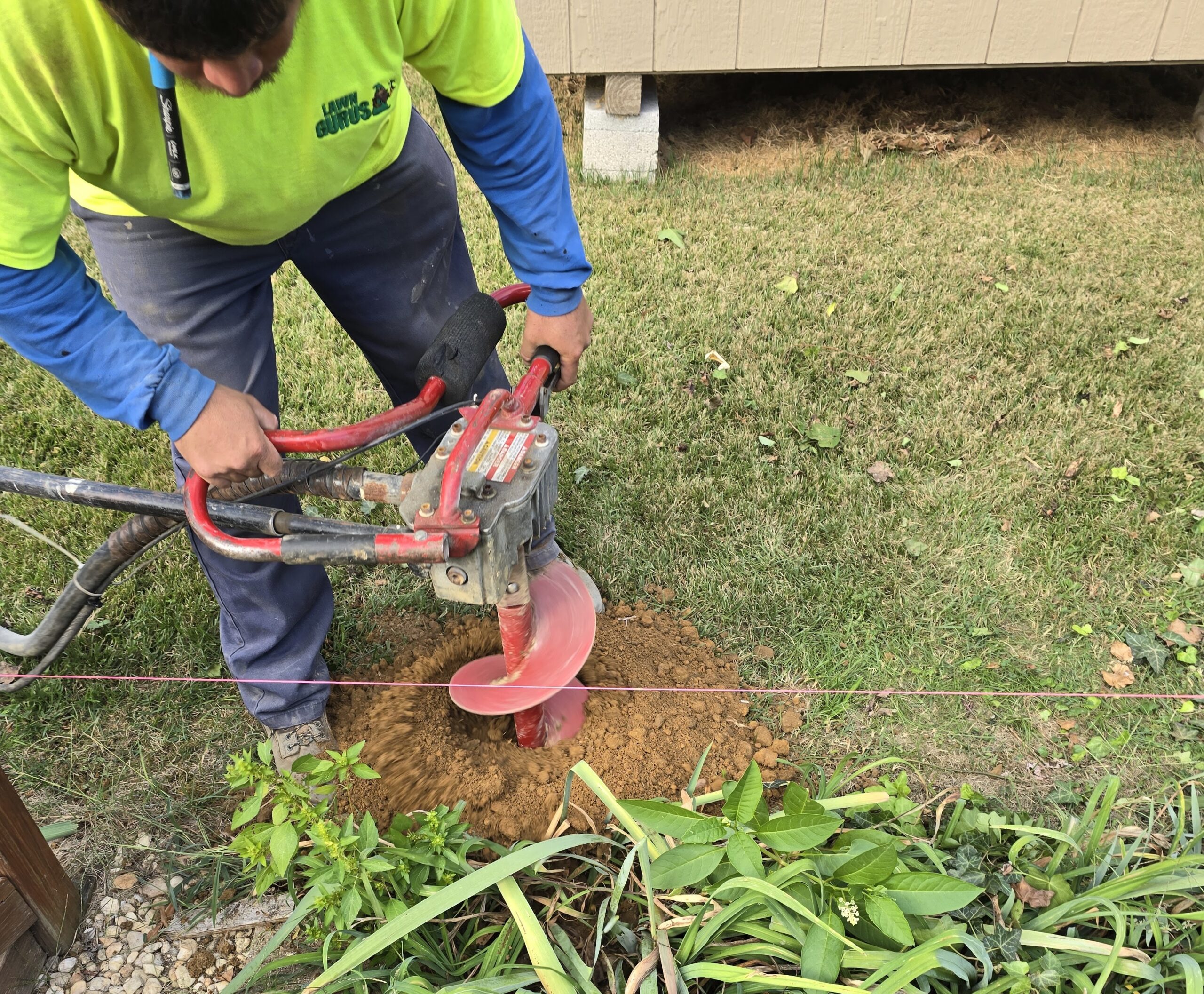
Why small cracks can lead to big problems
Cinder block (or concrete block) foundations are popular for their affordability and strength. But without proper moisture control, even the most solid-looking block walls can suffer severe structural damage over time.
1. Hydrostatic Pressure Causes Bowing and Cracks
When water builds up around your foundation — especially after heavy rains or snowmelt — it exerts hydrostatic pressure on your basement walls.
- According to the Portland Cement Association, water pressure as low as 33 psi can exert over 4,700 lbs of force per square foot on a basement wall.
- This pressure causes horizontal cracks, inward bowing, or shearing (where one part of the wall slips over the other).
- These are critical warning signs of impending wall failure.
2. Moisture Weakens Mortar Joints and Internal Integrity
Cinder blocks are porous. Over time, water seeps in through cracks and joints, saturating the core of the blocks and deteriorating the mortar.
- Freeze-thaw cycles expand the trapped moisture, widening cracks further.
- Studies show that repeated cycles can reduce masonry strength by up to 25% over 10 years if left untreated.
3. Mold and Efflorescence Mask Deeper Issues
Efflorescence (white, chalky deposits) and basement mold are often early signs of water infiltration.
- While they may seem cosmetic, they’re often symptoms of deep moisture intrusion into the wall.
- Ignoring these signs means missing the chance to reinforce the structure before costly damage occurs.
Early Intervention Matters
Most foundation damage happens slowly and silently — until the wall cracks wide open or starts to lean.
Catching these problems early can:
- Avoid costly structural rebuilds
- Prevent basement flooding
- Preserve your home’s resale value
Got Cracks? Don’t Guess — Get a Professional Inspection
At Basement Waterproofing Gurus, we specialize in identifying and resolving early signs of structural stress before it turns into a major problem.
